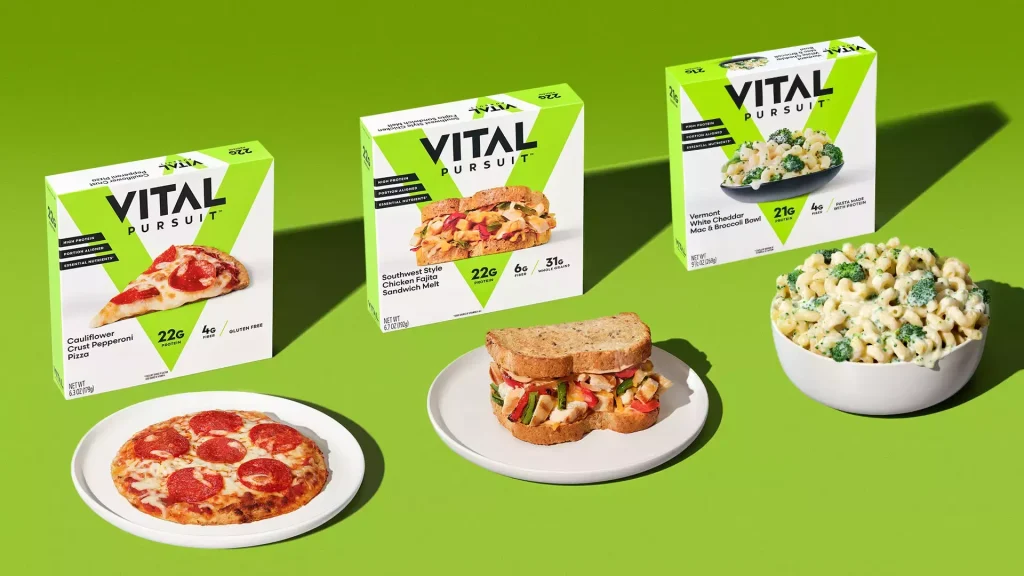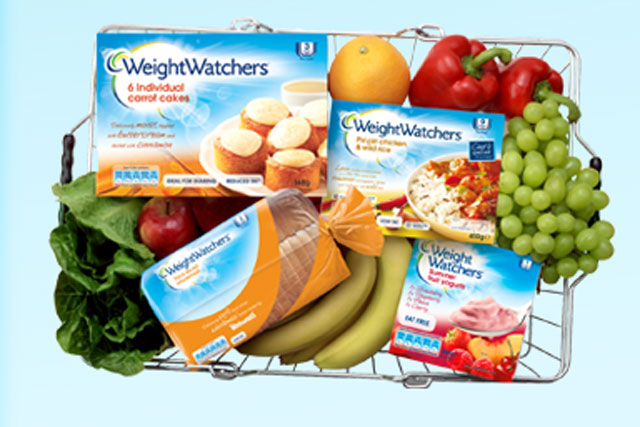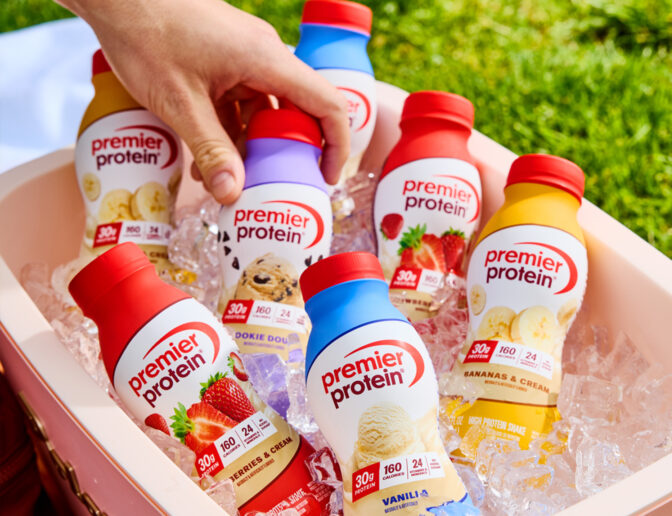– Trend Insight by FinancePick
GLP-1 adoption is spilling over from pharma into everyday consumer choices—from what people eat to how they exercise. Here’s a deeper preview of three companies shaping the weight-management consumer market.
Why this theme now?
Large U.S. retailers have reported that shoppers on GLP-1 medications are buying less food, a sign that appetite-suppressing therapies are nudging basket mix and volume. Meanwhile, consumer brands are racing to label foods as “GLP-1-friendly,” generally higher in protein and fiber with smaller portions.
What it means: Expect a shift toward portion-controlled, protein-forward products and behavior-change services that help users preserve lean mass and build sustainable habits while on GLP-1 therapy. Clinicians consistently recommend higher protein intake for GLP-1 patients to avoid muscle loss.
Company Previews
Nestlé — “Vital Pursuit” aims at GLP-1 consumers

What they do: Frozen meals and ready foods, including Vital Pursuit, a line positioned for GLP-1 users and weight-conscious shoppers.
- Strengths: First dedicated GLP-1-support brand at mass retail; breadth of portfolio for quick iteration.
- Weaknesses: “GLP-1-friendly” is not a regulated term; messaging risk if claims outpace evidence.
- Catalysts: Shelf expansion, cross-branding with protein beverages, healthcare-provider education.
WW International (WeightWatchers) — Behavior change + GLP-1 care

What they do: Combines digital coaching and telehealth for GLP-1 prescriptions, with transparent plan pricing.
- Strengths: Behavior-change expertise plus clinical access; clear subscription model.
- Weaknesses: Member retention depends on insurance coverage and out-of-pocket costs; crowded digital clinic space.
- Catalysts: New care pathways, payer partnerships, and nutrition content aligned to protein targets.
BellRing Brands (Premier Protein) — Protein as the everyday companion

What they do: Premier Protein shakes, powders, and bars—helping GLP-1 users hit protein goals when appetite is reduced.
- Strengths: Category leader; strong fit with high-protein guidance for GLP-1 users.
- Weaknesses: Some GLP-1 users report GI sensitivity and taste fatigue; intensifying competition from global dairy/CPG entrants.
- Catalysts: New lighter RTD lines, fiber-enriched SKUs, portion packs tied to physician guidance.
At-a-Glance Comparison
| Company | Strengths | Weaknesses / Risks |
|---|---|---|
| Nestlé | Dedicated GLP-1 line (Vital Pursuit), agile portfolio | Unregulated “GLP-1-friendly” labeling, messaging risk |
| WW International | Behavior change + telehealth, transparent pricing | Coverage sensitivity, competitive digital-clinic space |
| BellRing (Premier Protein) | Protein leadership, aligns with clinical guidance | GI tolerance/taste fatigue, rising competition |
Market Outlook: What to Watch
- Retail signals: Changing basket mix (less snacks/alcohol, more protein-dense items).
- Product standards: Clearer definitions of “GLP-1-friendly” may emerge (protein, fiber, portion sizes).
- New entrants: Big CPG and dairy brands entering the protein shake and portion-controlled meal space.
- Fitness spillover: Gyms and wellness platforms reframing programs around lean-mass preservation and protein intake.
Disclaimer: This article is for informational purposes only and does not constitute financial advice.
